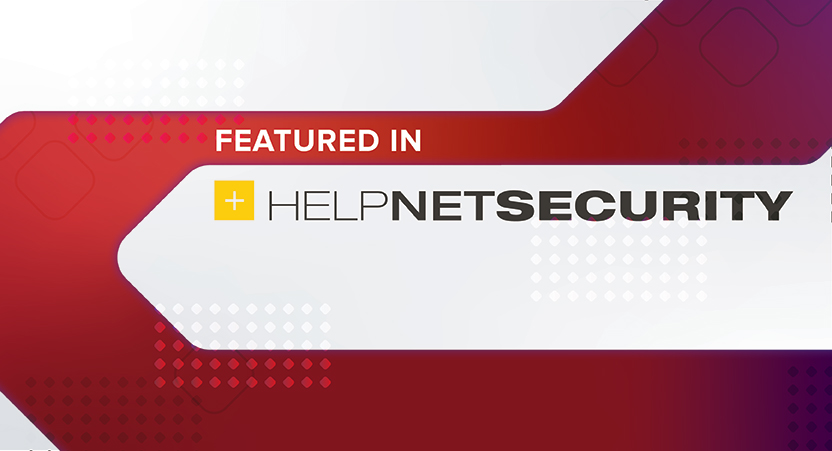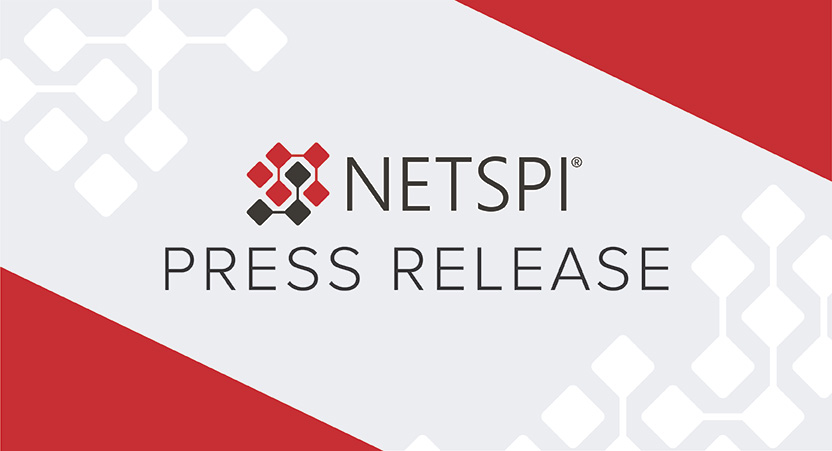Help Net Security: NetSPI unveils two open-source tools to assist defence teams in uncovering vulnerable network shares
On August 10, NetSPI Senior Director Scott Sutherland was featured in the Help Net Security article called NetSPI unveils two open-source tools to assist defence teams in uncovering vulnerable network shares. Read the preview below or view it online.
+++
At Black Hat USA 2022, NetSPI has unveiled two new open-source tools for the information security community: PowerHuntShares and PowerHunt.
These new adversary simulation tools were developed by NetSPI’s Senior Director, Scott Sutherland, to help defense, identity and access management (IAM), and security operations center (SOC) teams discover vulnerable network shares and improve detections.
- PowerHuntShares inventories, analyzes, and reports excessive privilege assigned to SMB shares on Active Directory domain joined computers. This capability helps address the risks of excessive share permissions in Active Directory environments that can lead to data exposure, privilege escalation, and ransomware attacks within enterprise environments.
- PowerHunt, a modular threat hunting framework, identifies signs of compromise based on artifacts from common MITRE ATT&CK techniques and detects anomalies and outliers specific to the target environment. PowerHunt automates the collection of artifacts at scale using PowerShell remoting and perform initial analysis. It can also output easy to consume .csv files so that additional triage and analysis can be done using other tools and processes.
“I’m proud to work for an organization that understands the importance of open-source tool development and encourages innovation through collaboration,” said Scott. “I urge the security community to check out and contribute to these tools so we can better understand our SMB share attack surfaces and improve strategies for remediation, together.”




